The story of the birth of the Bay Area Figurative movement is legendary.
The post-World War II artworld turned its creative juices to “non-objective” abstract expressionism. It was de rigueur of the day all over the world, but most especially in the two American centers of artistic talent, New York City and San Francisco. Artists Mark Rothko, Jackson Pollock, Elmer Bischoff, Hans Hoffman, Wayne Thiebaud, Richard Diebenkorn, Clyfford Still, Nathan Oliveira, Willem de Kooning, David Park and so many more were establishing and defining their roles in the art of the new era.
Steven A. Nash, then curator of the Fine Arts Museum of San Francisco, stated: “there is no more fabled chapter in the history of California art than the audacious stand made by the Bay Area Figurative painters against Abstract Expressionism in the 1950s.”
David Park, a young, highly regarded abstract expressionist and teacher at the California School of Fine Arts, was already heading towards a decision to turn from pure non-objective abstract art. He intuitively felt that due to the emphasis of Abstract Expressionism’s non-figurative purity, he had lost communication with his audience and was feeling constraints to his creative process. “I saw that if I would accept subjects, I could paint with more absorption, with a certain enthusiasm for the subject which would allow some of the aesthetic qualities such as color and composition to evolve more naturally. With subjects, the difference is that I feel a natural development of the painting rather than a formal, self-conscious one. I have found that in accepting and immersing myself in subject matter I paint with more intensity and that the “hows” of painting are more inevitably determined by the “whats.” I believe that my work has become freer of arbitrary mannerisms…”
And so, as Nash related in 1949, “Park gathered up all his abstract-expressionist canvases and, in an act that has gone down in local legend, drove to the Berkeley city dump and destroyed them.”
Park completed a new painting titled, “Kids on Bikes,” a figurative painting using many of the same ideas and techniques he had been using on his abstract works. The bold handling of paint, the impactful strong colors and viscous surfaces were familiar, but now his abstract creations had become “objective.”
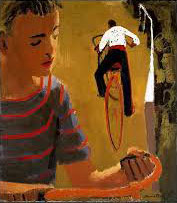
The abstract movement, at least in California, was about to become less self-centered on the artist and a more relatable shared experience with the viewer.
Park submitted “Kids on Bikes” to a 1951 competitive exhibition in San Francisco and won. Diebenkorn’s reaction was “My God! What’s happened to David?” and seemingly overnight a new California art movement was born. This new view on the abstract expressionist movement opened a myriad of new doors and possibilities.
In 1957, a major exhibition of the new art was held at the Oakland Art Museum. “Contemporary Bay Area Figurative Painting” brought the work of Park, Bischoff, Diebenkorn and several other artists from the local art schools to national and international attention for the first time. Their “movement” became nationally and, over time, globally renowned, with critics positing a new revolution in modern art on America’s West Coast.
Over the next 15 years the Bay Area Figurative Movement progressed in different directions but its influence is still being felt on many artists around the world today.
Springing from the San Francisco Post-War abstract expressionist movement, the Bay Area Figurative movement (whose first proponent was David Park) became a phenomenon in the late 40s and early 50s. Park had become disenchanted with the limitations of non-objective art and focused on including the figure in his abstractions. This purely California invention spread quickly in the San Francisco area and soon was embraced in many areas of the state and, due to the mobility of the population, relatively quickly to other areas of the United States. Though commonly referred to as the Bay Area Figurative Movement (first generation, bridge generation and second generation artists), it is now evident that a whole new group of talented artists born in the 1930s through the 1950s comprised a third generation of abstract figurative artists who were acutely influenced by the pioneers of the movement.
The term “California Figurative” includes all of these artists, beginning with the Bay Area Figurative movement (roughly 1950 and well into the 1990s). Even as of today’s date, the influence of the Bay Area Figurative movement can still be found in the art of many artists around the world.
Showing 1–16 of 27 results
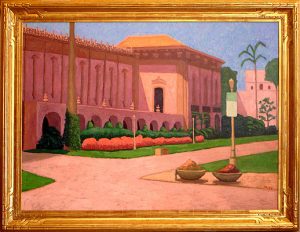
Antognini, Alfredo (1938 - 2016)
41"x55" (Oil)
Read more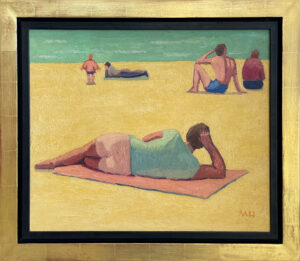
Antognini, Alfredo (1938-2016)
18"x22" (Oil)
Read more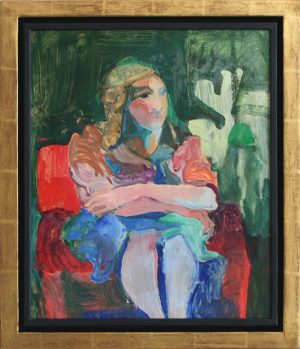
Brown, William Theophilus (1919 - 2012)
20"x17" (Oil)
Read more
Brown, William Theophilus (1919-2012)
10.5x14.5 (Watercolor and Gouache)
Read more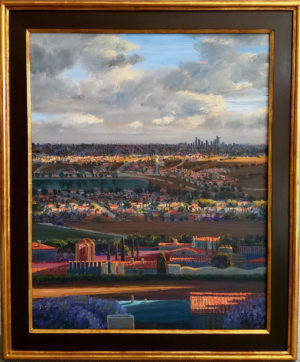
Cohen, Larry (b1952)
30"x24" (Oil)
Read more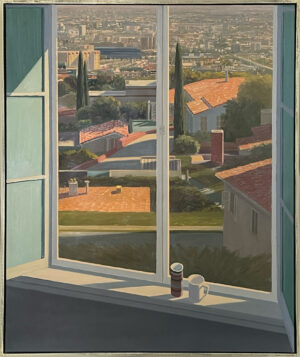
Cohen, Larry (b1952)
54"x44" (Oil)
Read more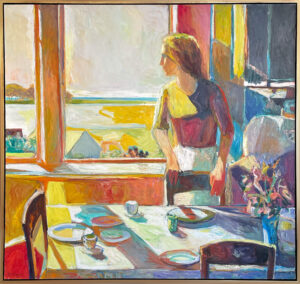
Frame, Robert (1924-1999)
55"x58" (Oil)
Read more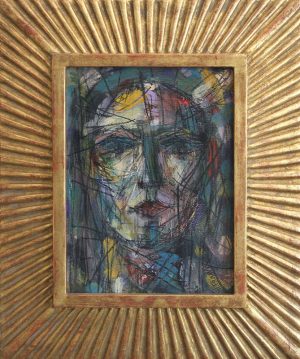
Frank, Harold (1917 - 1995)
12"x8 1/2" (Oil)
Add to cart
Frank, Harold (1917-1995)
13"x10" (oil )
Add to cart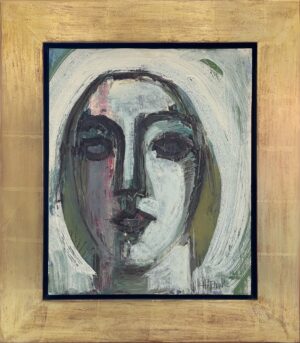
Frank, Harold (1917-1995)
14"x12" (oil)
Add to cart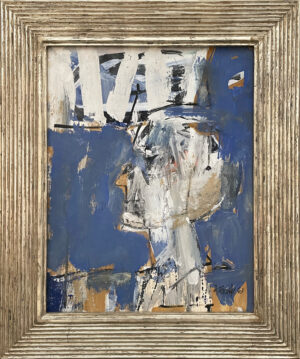
Frank, Harold (1917-1995)
22"x17" (tempura on board)
Add to cart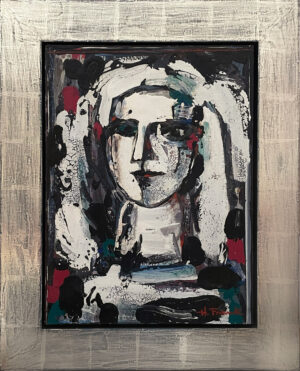
Frank, Harold (1917-1995)
17"x13" (Oil)
Add to cart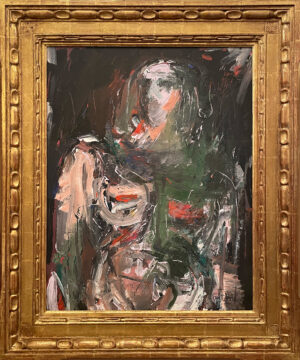
Frank, Harold (1917-1995)
28"x22" (Tempera and oil)
Add to cart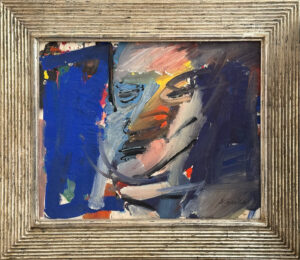
Frank, Harold (1917-1995)
18"x23" (Tempura)
Add to cart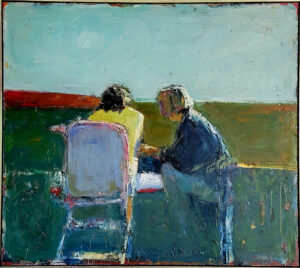
Hare, Dennis (b1946)
54"x60" (Oil)
Read more
Hare, Dennis (b1946)
20"x24" (Oil)
Read more© 2024 K. Nathan Gallery • Website & Marketing by F2 Web Services